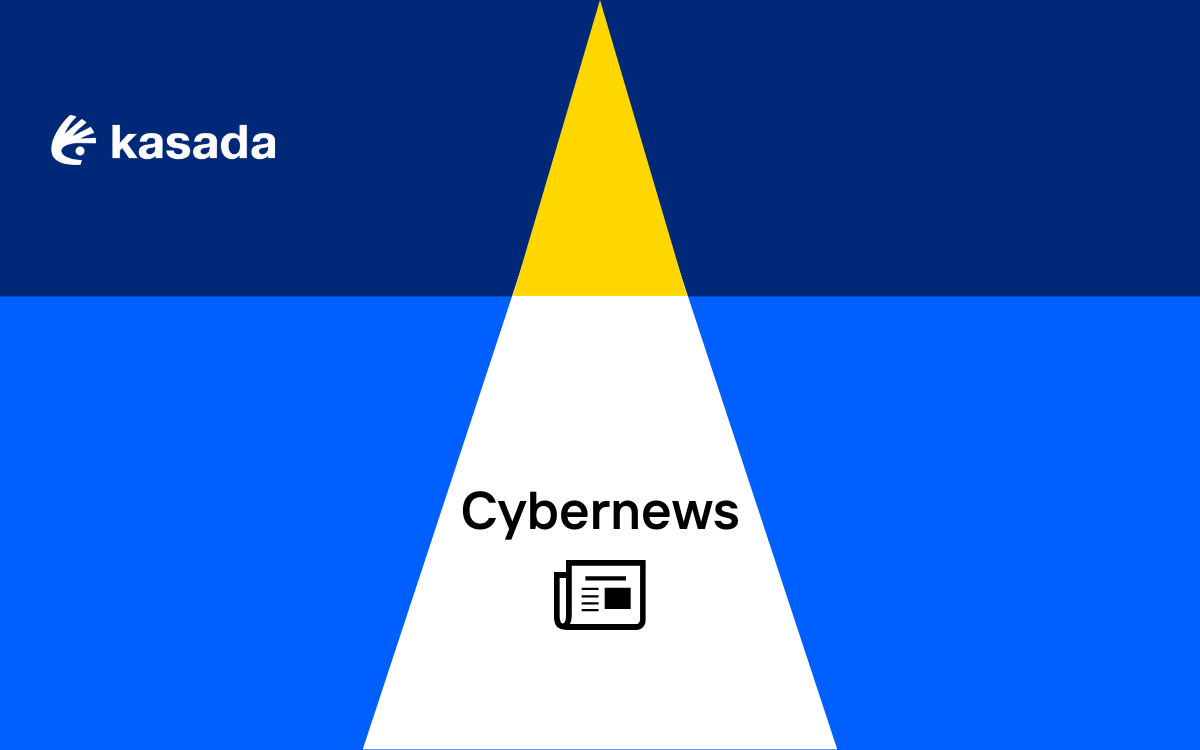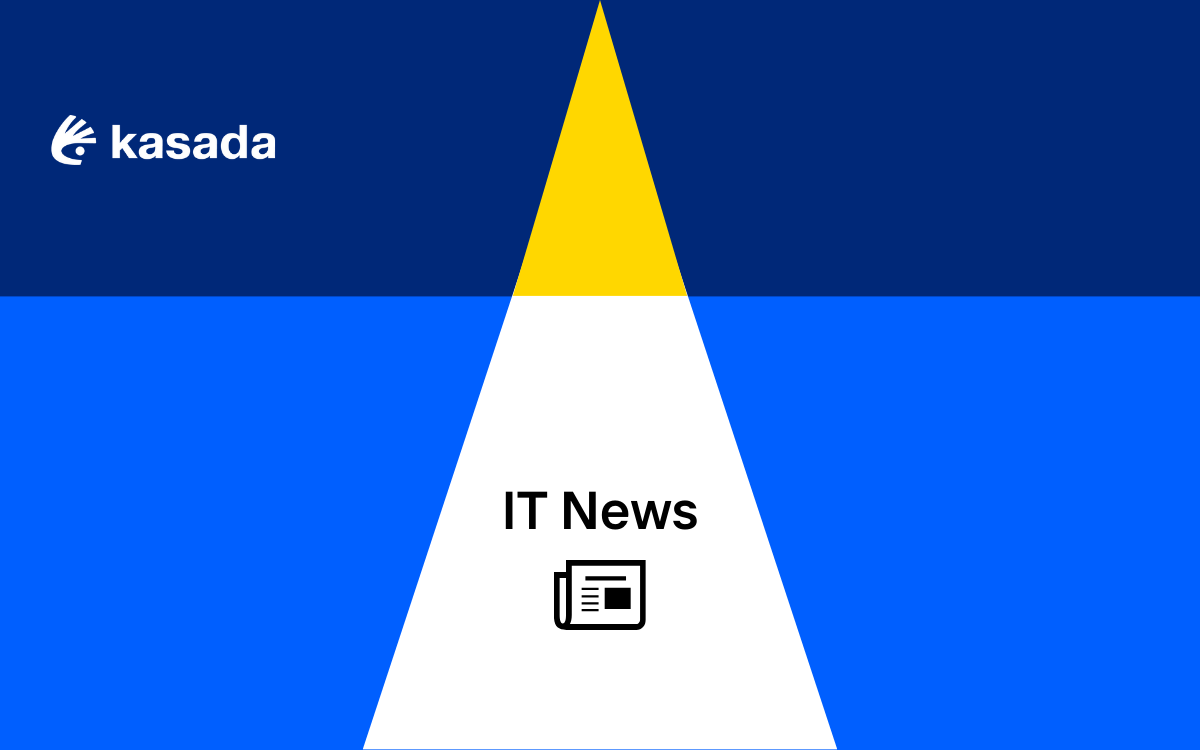What is content scraping? And why should organizations care?
Content scraping is the process of using automated software tools, often called bots or spiders, to extract data from websites. Content scraping is a legal gray area and can be done for a variety of reasons, including market research, competitive analysis, and content aggregation. However, web scraping can also be used for malicious purposes, such as stock price manipulation, SEO manipulation, and data theft.
How content scraping is used against online businesses:
Price & Inventory Monitoring – Bots are used to collect inventory and price information for arbitrage and scalping opportunities. Retailers commonly face “Freebie” bots who monitor sales price errors.
Intellectual Property Theft – One of the most significant risks associated with web scraping is the theft of intellectual property, such as copyrighted text, images, AI models, and APIs. Adversaries can use these assets to set up fraudulent sites.
Fraud & Identity Theft – Web scraping can be used to collect personal information, such as email addresses, phone numbers, and credit card data. This information can be used for identity theft or other fraudulent activities.
Server Overload – Web scraping can put a significant strain on website servers, as bots can generate large amounts of traffic and consume server resources. This can result in slow page loading times, server crashes, or denial-of-service attacks.
Competitive Advantage – Web scraping can be used by competitors to gain an unfair advantage by undercutting pricing and stealing customer data.
Content scraping is very difficult to detect because there isn’t an opportunity to observe and analyze the requests’ interactions and behaviors before it enters a website. However, most solutions on the market today use this behavior detection approach which leaves the site vulnerable.
What’s the impact of content scraping on your business?
- Revenue loss from undercut pricing and pricing errors
- Unauthorized access to sensitive business or customer data
- Expensive infrastructure costs
- Overwhelmed servers and site performance issues
- Fraud losses due to counterfeit websites
- Susceptibility to vulnerability scans and zero-day attacks
- Damage to your reputation and brand equity
How/why does Kasada defeat it?
Picture Kasada as a bodyguard for your site. We inspect each request for traces of automation before it’s allowed to enter your site, not after. We then reinforce those decisions based on our knowledge and experience with trillions of bots. This proactive vs. reactive approach leaves your site less vulnerable to security scans, server overload, and site performance issues.
We understand and anticipate that highly motivated attackers will retool and change their methods to get by client-side defenses. To reduce the occurrence of such events, we have safeguards in place that act as layers of security. These layers include client validation, anomaly detection, and invisible computation challenges.
By stopping scraping attacks, we’re able to better protect your brand’s reputation, revenue, and digital property.



